Call Us: (800) 633-1008
Int. + 1 (813) 251-5355
Int. + 1 (813) 251-5355
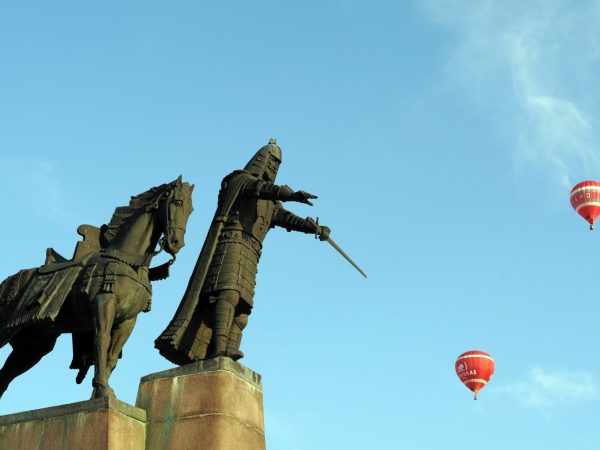
Vilnius Old Town boasts outstanding architectural diversity in one of the largest and best-preserved old towns in Europe. This UNESCO site is filled with Gothic, Renaissance and Baroque masterpieces. Narrow medieval streets, secluded courtyards, town castles and fortifications and an incredible number of churches reflect the city’s rich and vibrant history.
The best place to start your tour of the city is from the top of the Gediminas Tower – the only remaining part of the Upper Castle overlooking the red-tiled roofs and the church towers of the Old Town.
Take a walk across Cathedral Square, the main downtown square, to the Vilnius Cathedral. Just behind the Cathedral, the Royal Palace has been under re-construction since 2002. You will continue your tour of Vilnius’ Old Town, one of the largest in Eastern Europe. On these cobble-stoned streets lie numerous historical buildings including the balcony of No. 26 Pilies Street where Lithuania’s independence was declared in 1918.
You may wish to make a visit in the Amber Gallery and Museum which explains the origins and history of this precious material and exhibits amber of various sizes, forms and color. At the end of the day, you will head towards the Museum of Occupations and Freedom Fights, which was opened in 1992 in the former KGB headquarters. The museum is the only one of its kind in the former Soviet republics.
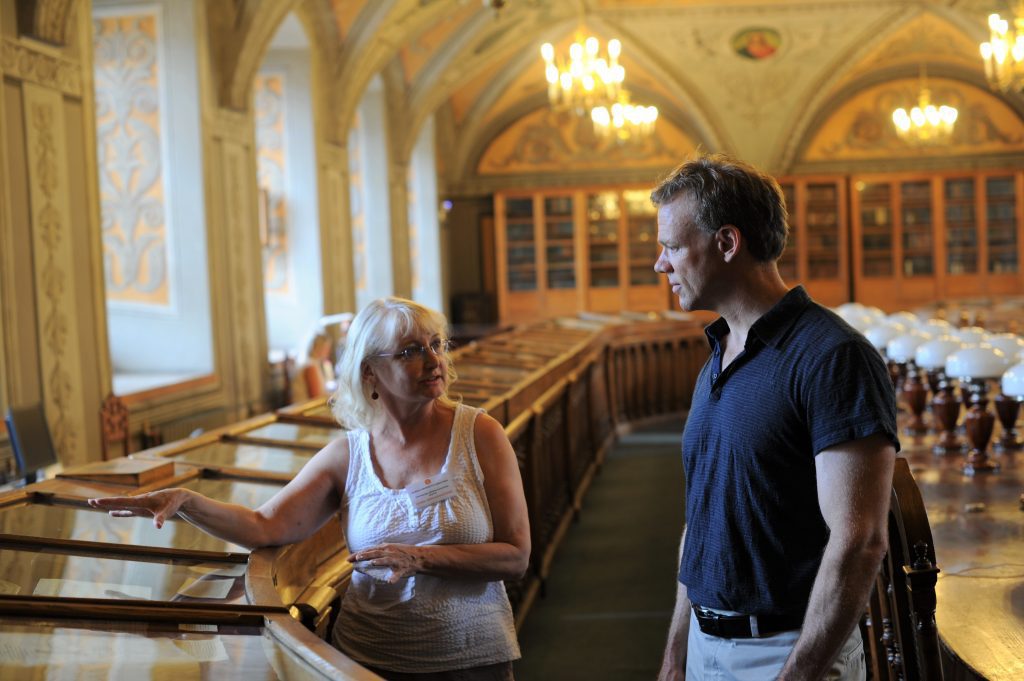
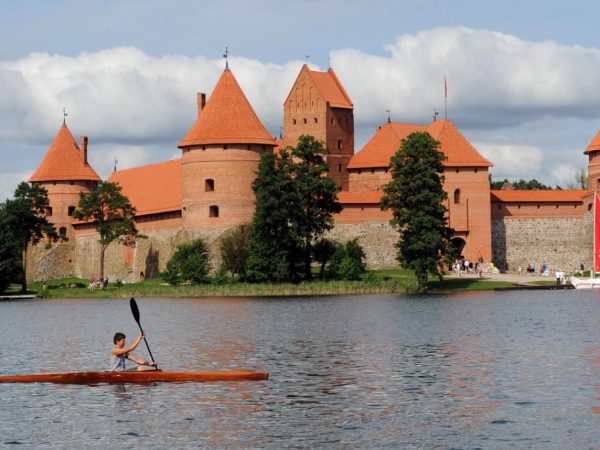
Trakai, the ancient capital of the Grand Duchy of Lithuania, is situated amidst picturesque lakes, the largest of which – Galve – has over 20 islands.
Trakai was also home to a large Karaite community. The origin of the Karaites is very interesting. Some scholars link them to the Khazars, Turkic people that converted to Judaism in the eighth century while others view them as descendants of the Karaite Jews who lived in Crimea
Today, we recommend you to first visit the Neringa National Park at the Curonian Spit – a UNESCO listed 98 km long peninsula, which features dramatic white sand dunes and beautiful pine forests.
The town of Nida is a charming coastal resort with colored houses and a very relaxed atmosphere, and Lithuanians will travel from all over the country to spend there some time during the summer. It is the perfect place to stroll and enjoy lunch.
In the afternoon, and if time allows, return to Klaipeda for an overview tour of the Old Town. You will see the Castle Museum and walk to the Drama Theatre Square with a famous sculpture of “Annchen von Tharau”.
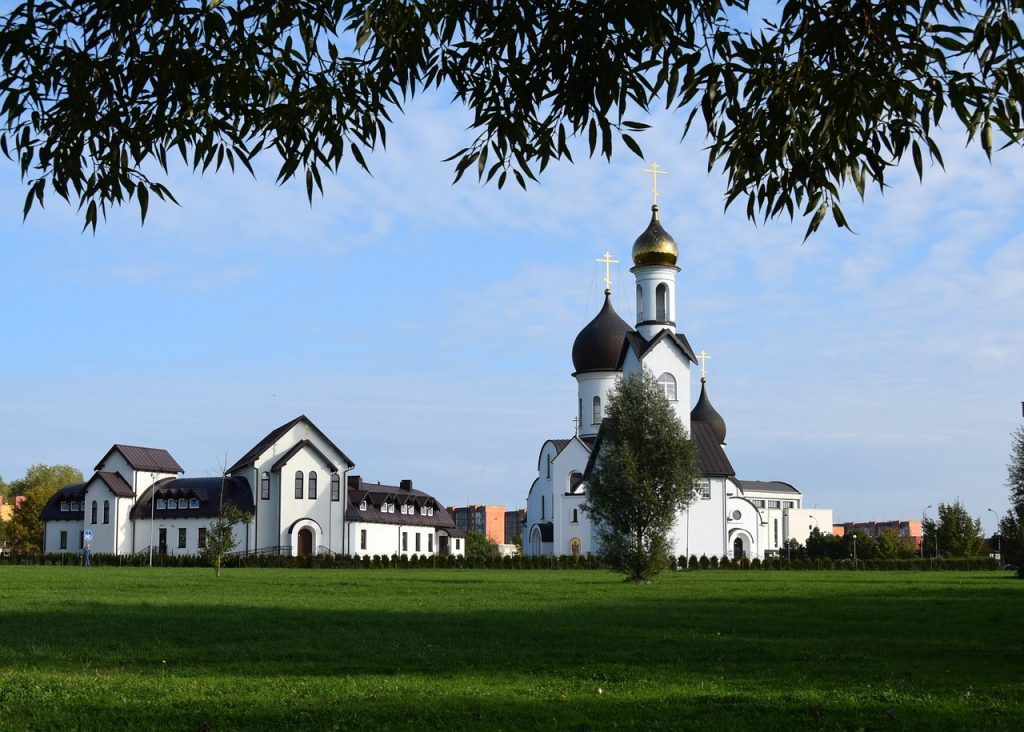
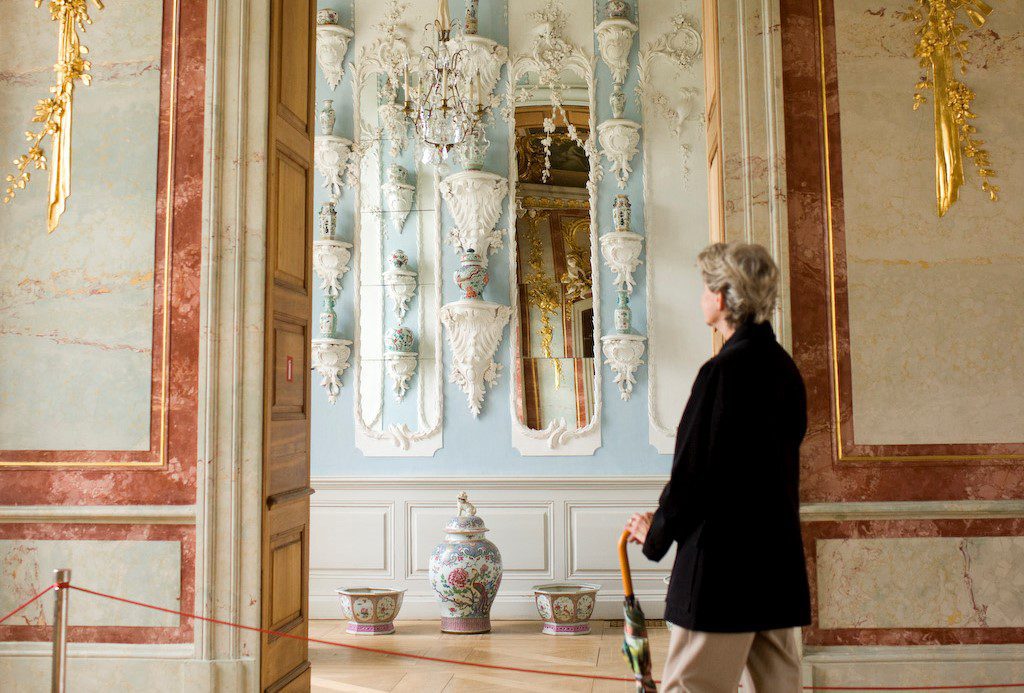
Before arriving to Riga, visit the 17th century Rundale Palace. Rundale was the apogee of the fusion of German and Russian society which came together and flourished in the region in the 18th and 19th Centuries. Visit this imposing, well-restored palace of 138 rooms, approached through a grand drive flanked by twin semi-circular stables.
Rundale Palace was designed by the famous architect Rastrelli as a summer residence for the Duke of Courland, and is an exquisite masterpiece of symmetry and beauty. The parade rooms, the duke’s private apartments and the duchess’ boudoir are open to visitors.
You will first visit the 13th -century St. Peter’s Church which was damaged by fire during World War II and later rebuilt by the Russians. A good place to start any tour is atop the spire, where you can see the whole of Riga laid out before you.
You will view the famous House of Cats with cat sculptures perched on the top of its roof and hear about the intrigue surrounding these feline figures. Just across the street, you will also see the former headquarters of the Great Guild, now the home of the Riga Philharmonic. Other good examples of medieval dwellings are the Three Brothers, dating to the 15th Century when Riga was part of the Hanseatic League.
Continuing along Elizabetes Street, you will reach the Central Market where some old Zeppelin hangars have been converted into market halls specializing in different types of wares.
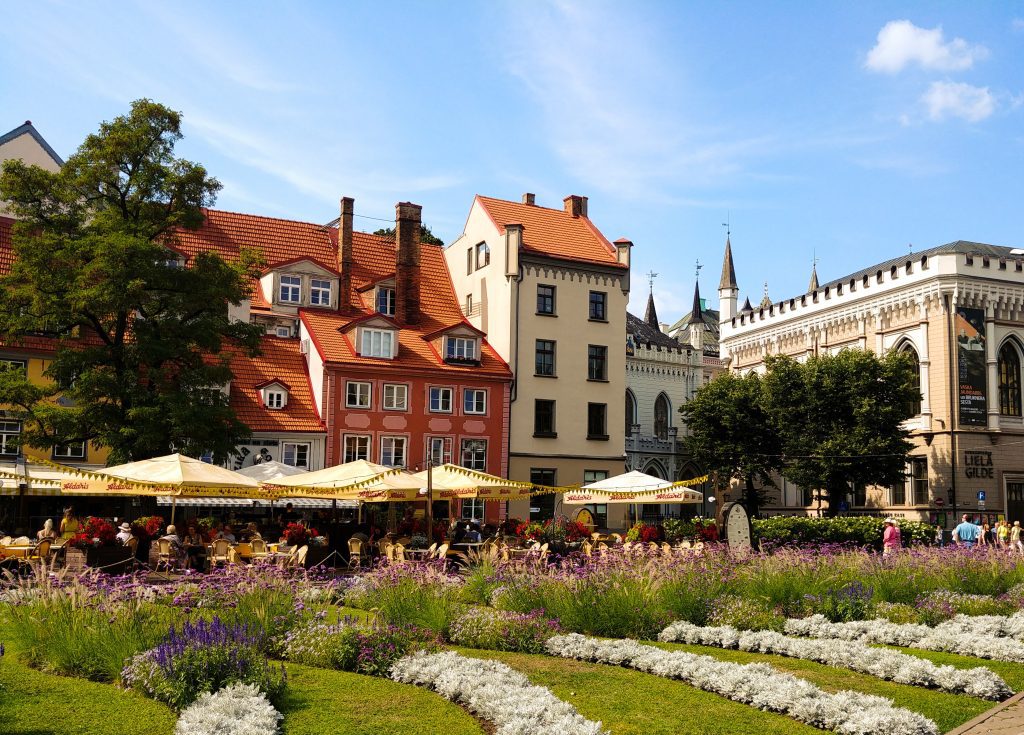
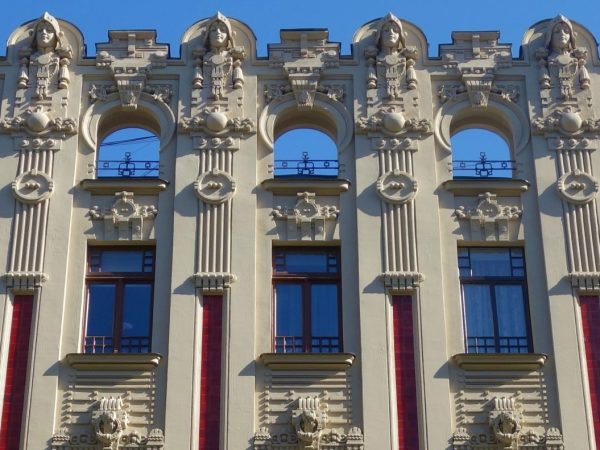
Today, visit the Freedom Monument – a memorial honoring the soldiers killed during the Latvian War of Independence from 1918-1920. The 138 feet high monument made of granite and copper is a major orientation point and often serves for public gatherings and official ceremonies. You will also see the Riga Opera House. This magnificent 19th-century building has undergone a thorough renovation.
Finally, you will reach the area around Elizabetes and Alberta Streets, known as Riga’s Art Nouveau (or Jugendstil) District, which features impressive examples of the style. In total, there are some 800 Art Nouveau buildings in Riga, many of which were designed and built by Latvian architects including Mikhail Eisenstein (the father of the famous director Sergei Eisenstein). Here, you might want to visit the Art Nouveau Museum, located in the apartment where the Latvian architect Konstantins Peksens lived.
You will drive north along the coast to Parnu, where you may wish to stop for a nice lunch break. Parnu is Estonia’s main summer resort but has a laid back atmosphere of a small charming town. During Soviet times it was a popular spa escape for the Russians and is now gaining popularity among Scandinavians. You can stroll through the Old Town or on the beach, or, if you like modern art, you should not miss the Museum of the New Art.
Continue your drive to Muhu Island. You will head to the town of Virtsu to board a ferry that will take you to the Island.
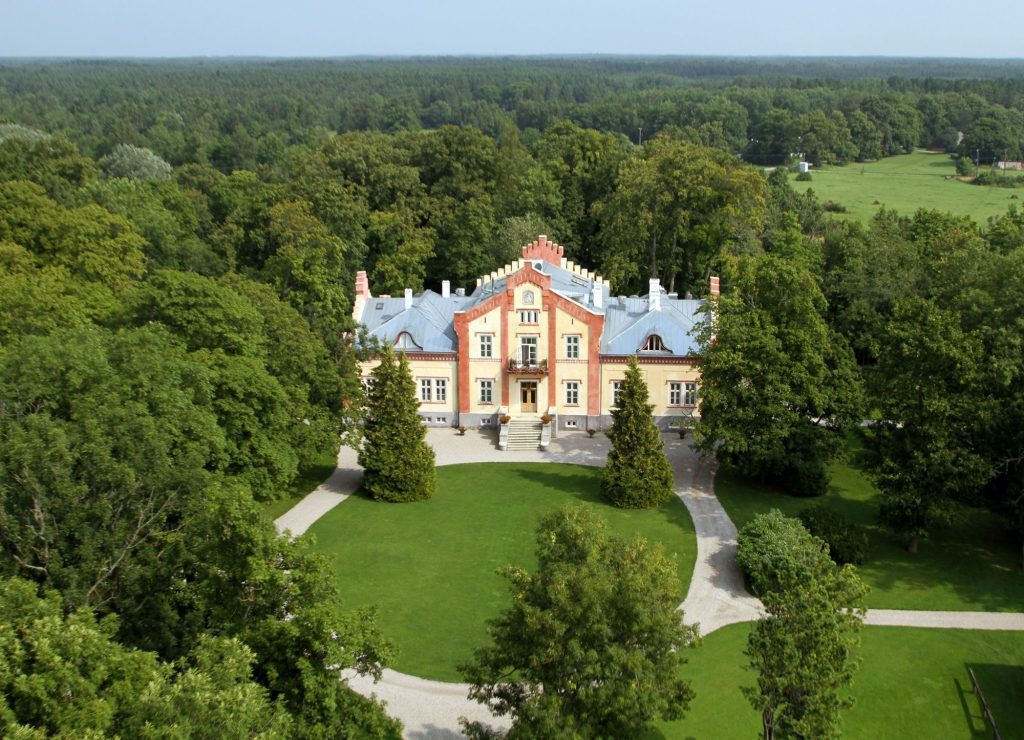

Today is at leisure to enjoy the beautiful nature of the Muhu Island.
Alternatively, you may explore the neighboring islands of Saaremaa and Hiiumaa.
Hiiumaa is home to several Nature Preserves, ideal for hiking and bird watching, while Saaremaa is especially attractive for retaining its prewar character. You should visit the Bishop’s Castle in Kurresaare, the main town on Saaremaa, that dates back to the 14th century. A half-hour drive from Kurresaare you will encounter a group of beautifully preserved wooden windmills and the medieval Karja Church.
Tallinn has a unique history of seafaring, foreign occupation and merchant activity dating to the 13th century. A beautiful city of ancient castles, stone towers, and medieval streets, its ageless charm is unmistakable.
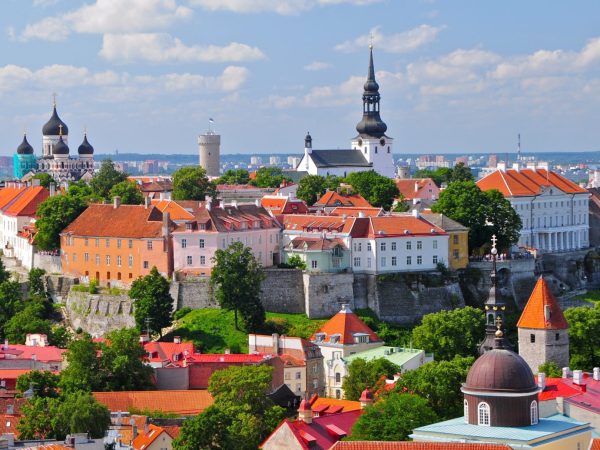
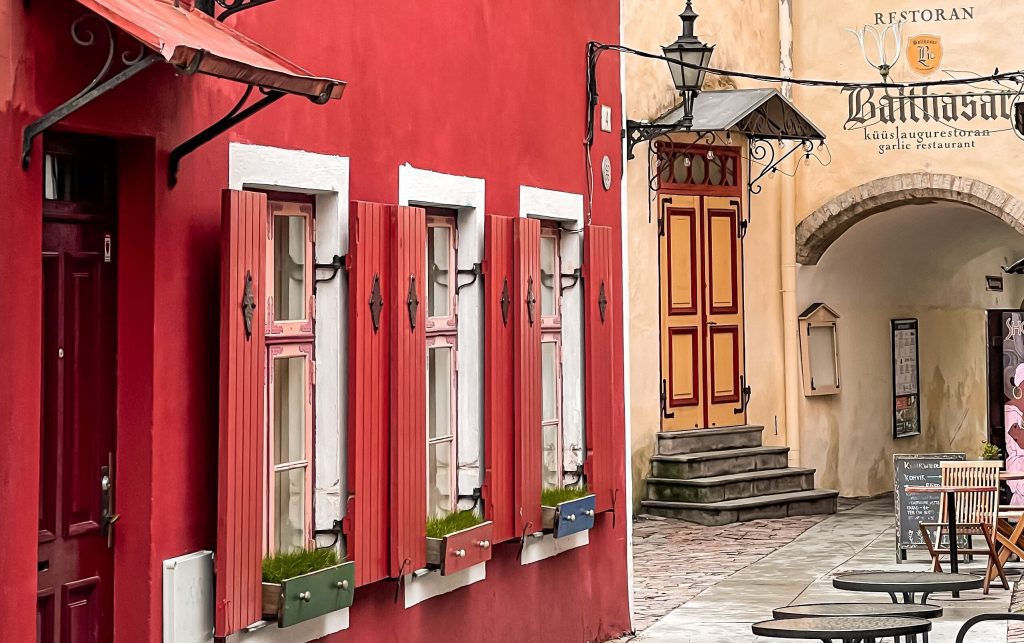
The Upper Old City or Toompea Hill, is the oldest part of Tallinn, inhabited since pre-history. Note the defensive wall and towers ringing the old city, which are the town’s most striking feature. Unlike Vilnius and Riga whose walls were destroyed, eighty percent of the original wall around Tallinn in the 1500’s is still intact today. In addition to having Tallinn’s oldest buildings, the upper old town has good viewing platforms to view the entire old town.
This afternoon, visit the Kardiorg Park, outside of the Old Town. Housed in the renovated kitchen building on the grounds of the Kadriorg Palace and Park, the Mikkel Museum is a branch of the Estonian Art Museum one of the country’s most impressive private art collections